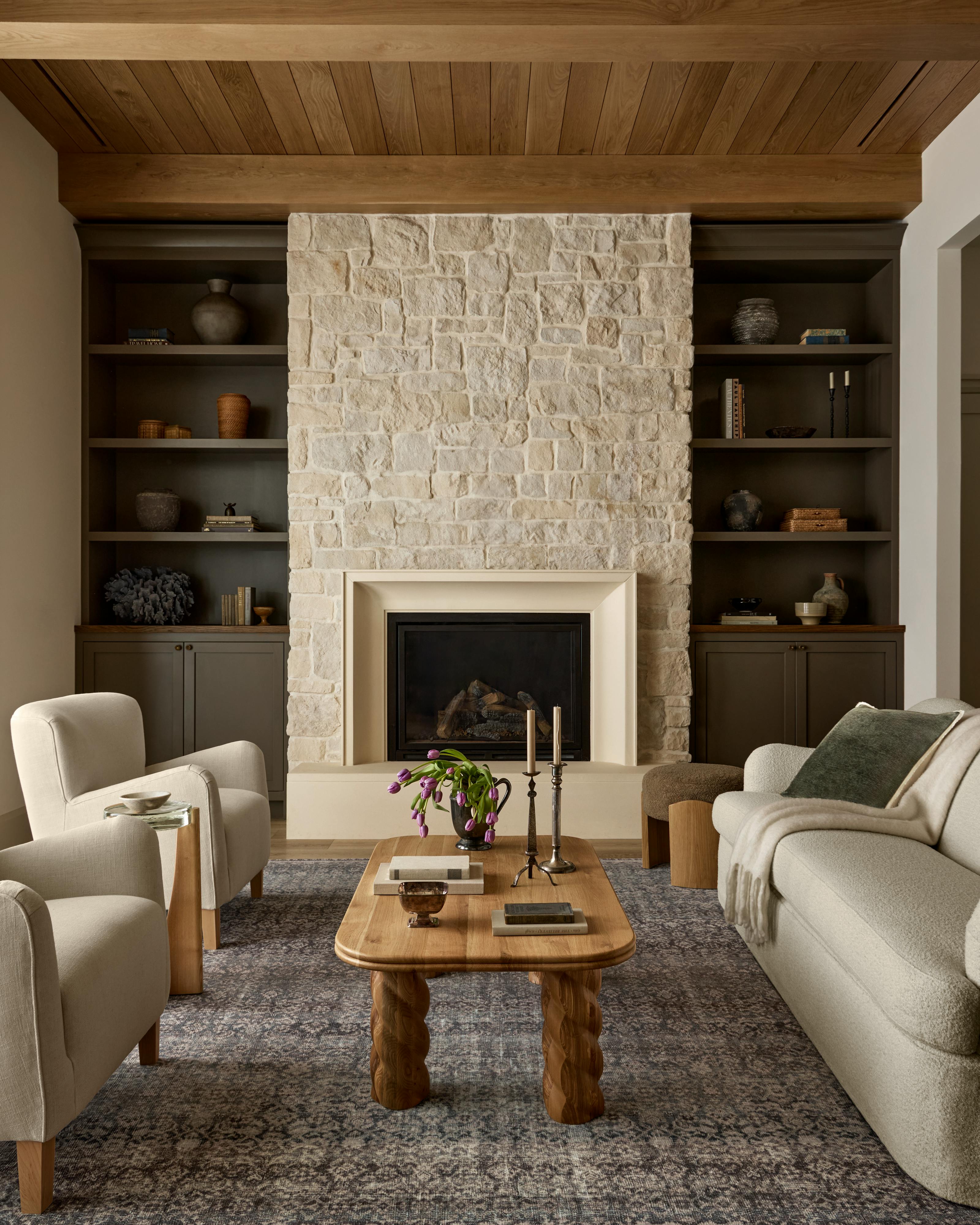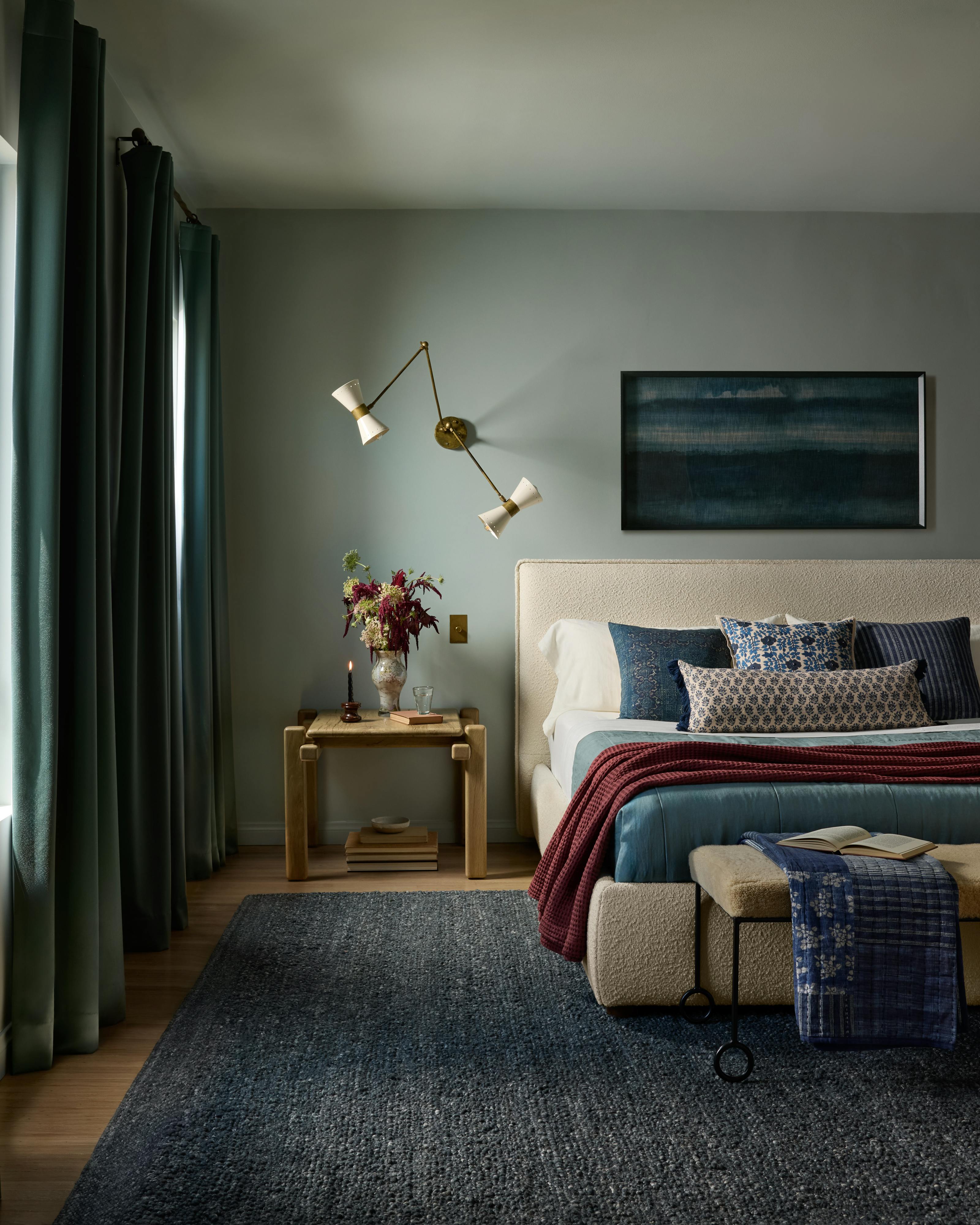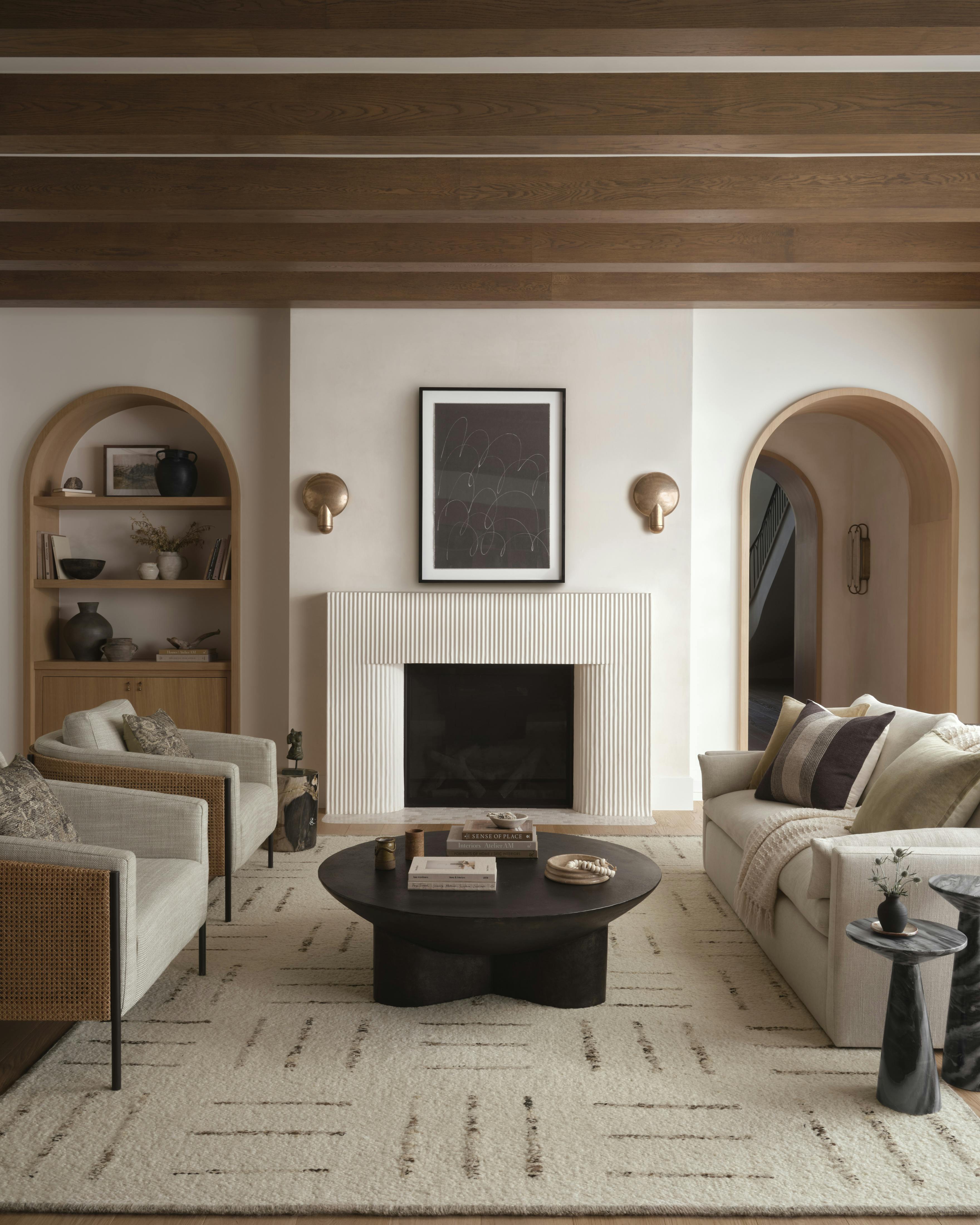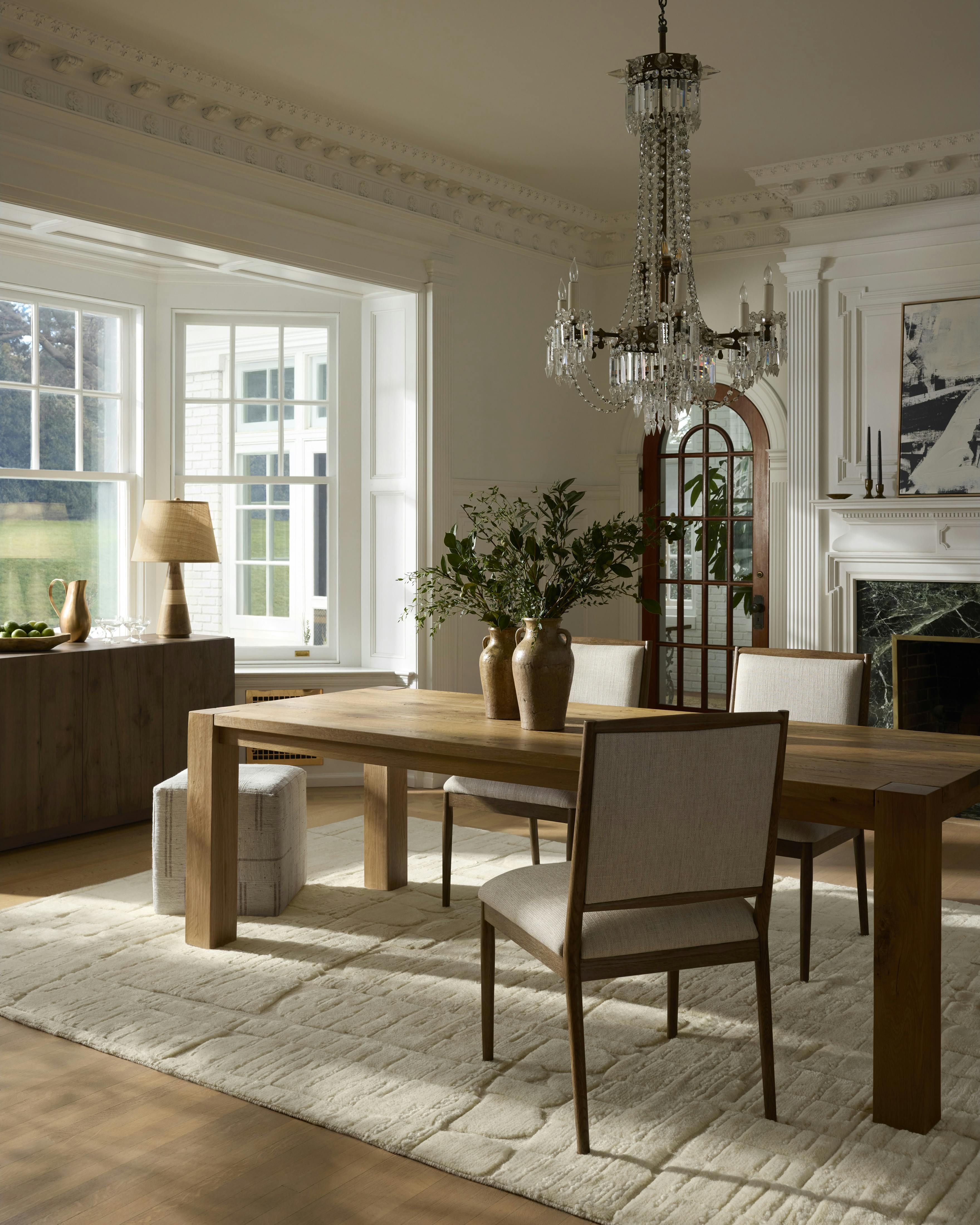How to Choose a Rug

Ultimately, choosing the right rug comes down to personal taste—but we’re here to help you really nail it. All you’ve got to do is follow a few simple rules (it’s easy, promise).

Ultimately, choosing the right rug comes down to personal taste—but we’re here to help you really nail it. All you’ve got to do is follow a few simple rules (it’s easy, promise).

The number one mistake we’ve seen people make over our decades-long experience is selecting a color that does not suit them. Trust us: When you get the colors right, the rest of the process quickly falls into place. Identify colors in your room’s existing palette, or create a palette anew if you’re starting fresh, and use this as a reference in your search. Not everything has to match up perfectly—often just a touch of complementary color can pull a space together. Does your room feature warm colors? Go with a warm-colored rug. Same goes for cool: Complementary is key.

The best interior designers we know choose patterns that work well in the context of the room, giving very little consideration to current trends (though we may love them!). Your rug might be around for years—go with something you’ll want to stick with for a bit. When adding patterns to your décor, it’s all about playing with scale and contrast. If there are already patterns at play in your space, go with a rug that offsets that (for example, we’d pair an intricately patterned wallpaper with a bolder, larger-scale rug design). When in doubt, a nicely textured solid always does the trick.

Texture is the unsung hero of the rug: The visual interest and sensory benefits of the right texture should not be underestimated when considering a rug. A textured rug often accentuates the pattern and color of a room, adding dimension that offsets the solid surface of your flooring and draws the eye in. It can elevate or enliven a rug’s colors and design, too. We like softer rugs for bedrooms and family rooms, often opting for something more tactile and dimensional for spaces like the dining room, kitchen, and entryway (though there are no hard rules here).
Choosing the correct rug size is key in grounding your space and executing your design vision. Grab a measuring tape and let’s get started.
If you have a small, compact seating arrangement, this size range is for you. Make sure that the front legs of your seating can rest on the rug, otherwise the rug and your seating will feel disconnected. When in doubt, we highly recommend sizing up.
This is the go-to range for most living rooms. The simple rule here is to ensure at least the front legs of your seating is on the rug. If you’re not sure if you should choose an 8’ x 10’ or 9’ x 12’, we highly recommend the larger size for a grounded and cohesive look (it’s worth it).
For larger living rooms with more expansive furniture arrangements, we recommend at least a 10’ x 14’ rug. One look we love is placing the furniture—even if it’s just some of the furniture—completely on the rug. This will lend a grounded, elevated feel that supports the entire space.

In the dining room, strive for a rug that’s large enough to place the front and back legs of the chairs on the rug: at least when tucked in, but ideally when pulled out, too. If you have a small round table, an 8’ round rug is your pick.
For medium-sized dining tables that are at least 6’ long, we recommend a minimum size of an 8’ x 10’ rug. Both the size of your dining room as a whole and your dining table should ultimately dictate your decision.
The bigger the dining table, the bigger the rug. Width is crucial to support all of your seating, but don’t forget you’ll need extra length if you want to seat people at the heads of the table, too.
The go-to size range for full-sized beds, although you could also go with an 8’ x 10 depending on the size of your room—as long as there is a space measuring 12”-18” around the perimeter between the rug and the walls, you’re all set.
Great for queen-sized beds. When measuring, see how many inches are left around the perimeter for an 8’ x 10’: If it’s 12”-18”, or smaller, stick with that—if it’s more than 18”, go bigger. If your bedroom is narrow and long, arrange the rug towards the front edge of the bed.
If you have a king-sized bed in a wider room, choose at least a 10’ x 14’ rug, or similar size, to ensure there is enough of the rug to step on comfortably on both sides of the bed. An exception to this rule is when there’s a king-sized bed in a narrower room—a 9’ x 12’ is your best bet in that case.
Rug pads prevent slipping and sliding, which is not only good for vacuuming and safety, but prevents premature wear and tear—not to mention, ensures that you’re not constantly adjusting your rug. They also help with noise reduction, protect flooring, and add extra cushion (a particularly helpful perk with thinner rugs).